



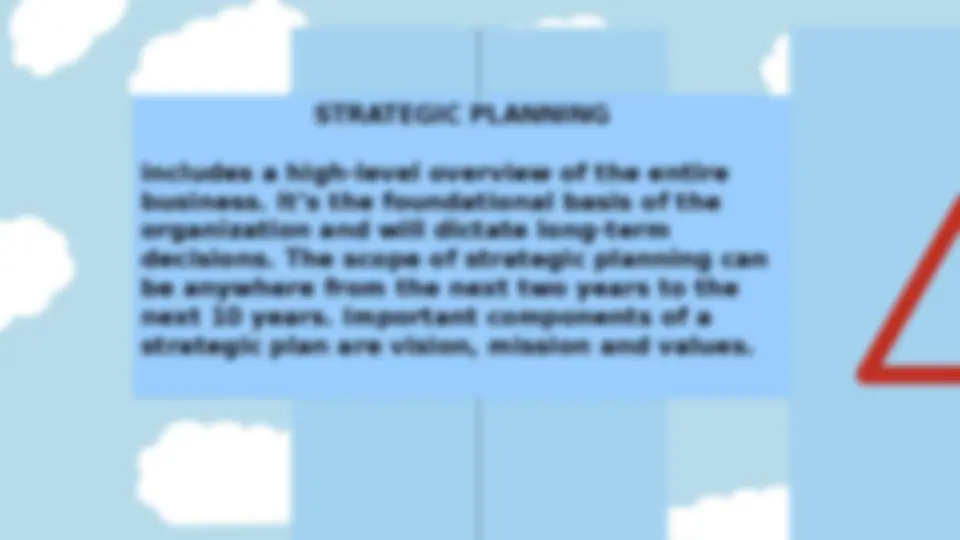
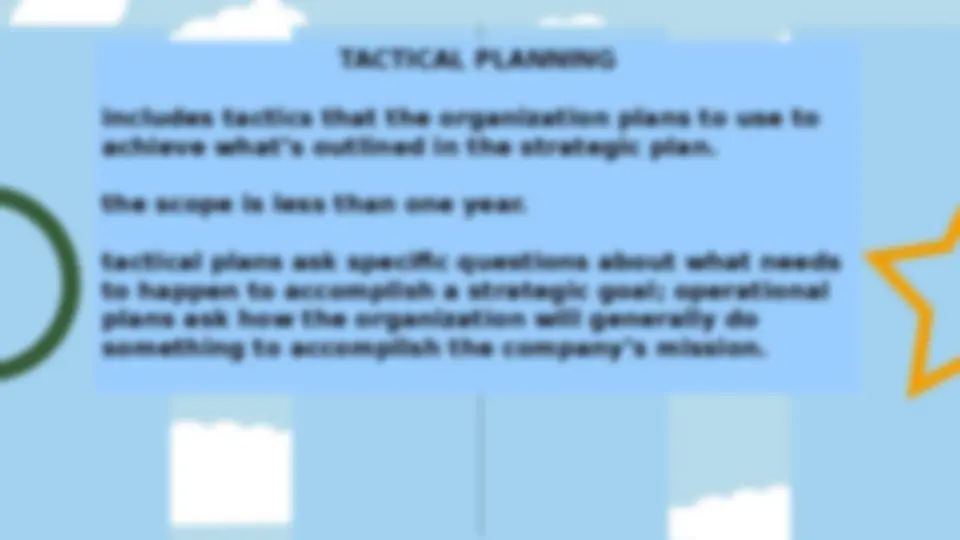
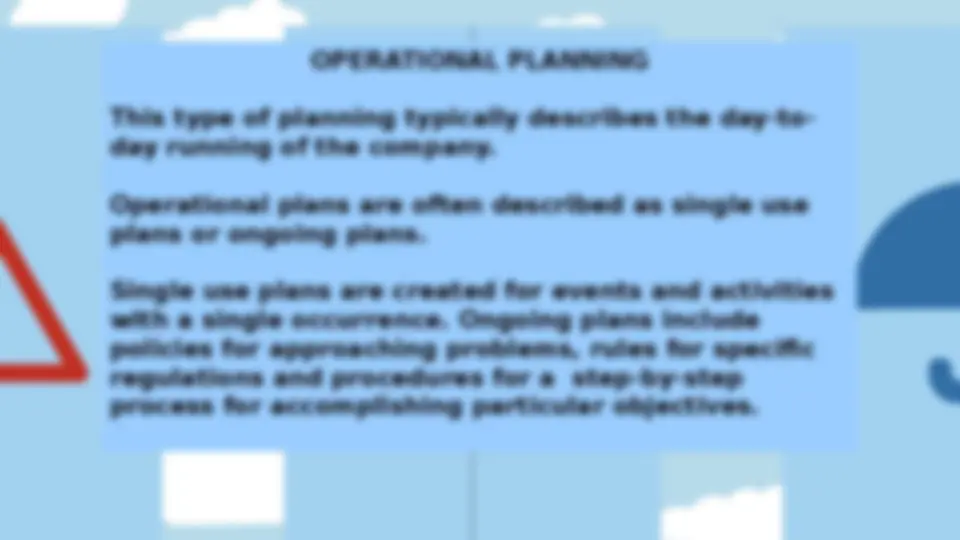


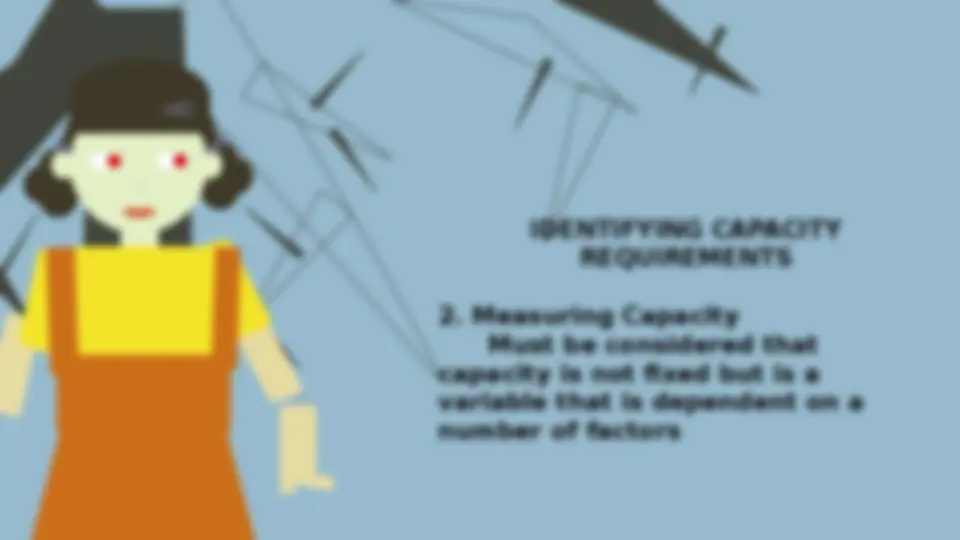




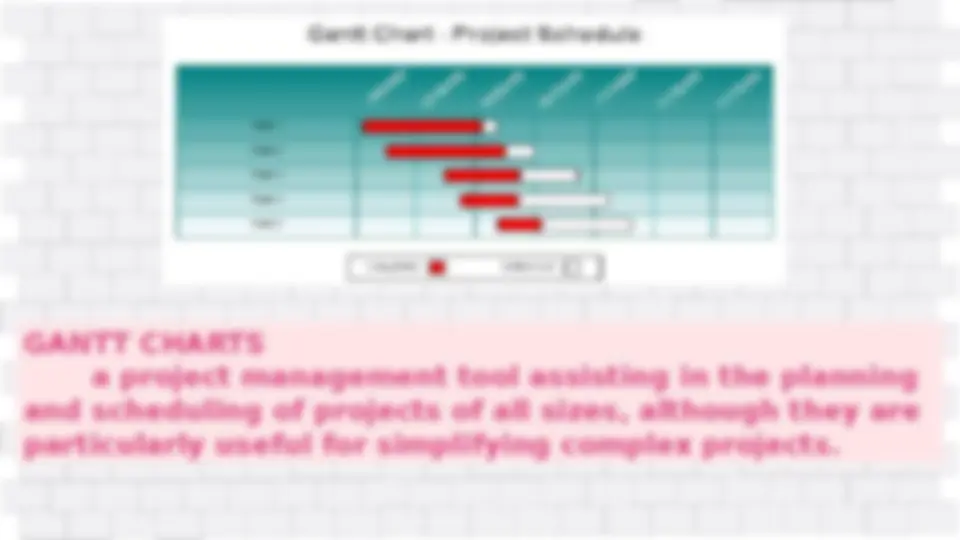
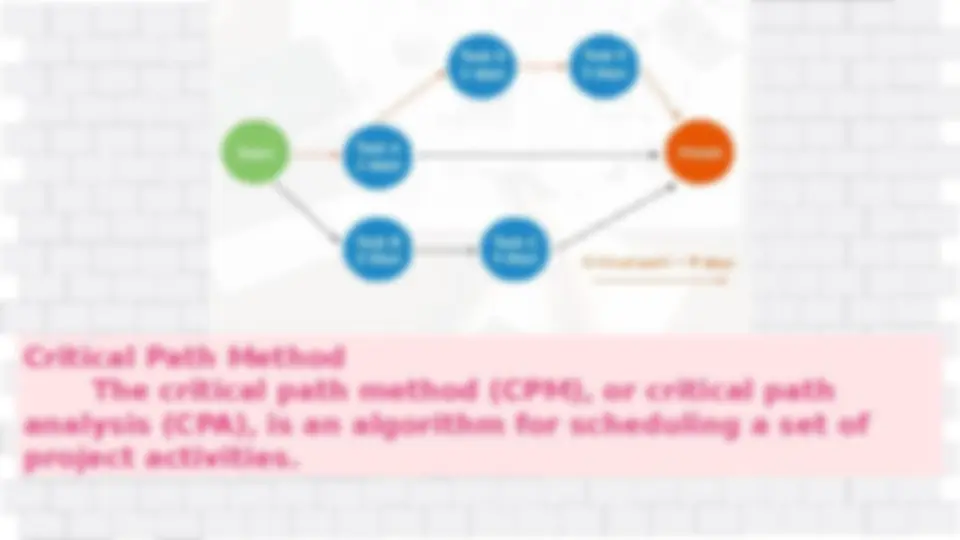
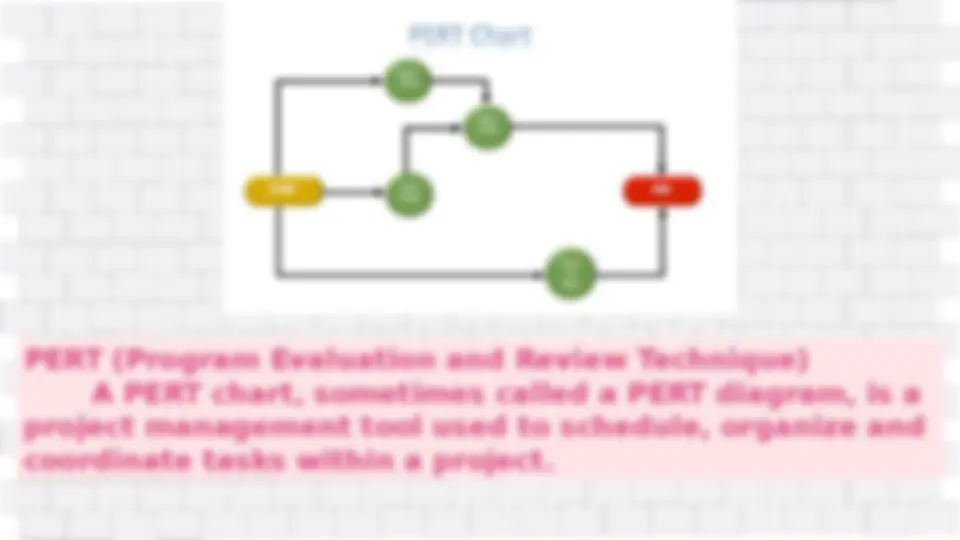



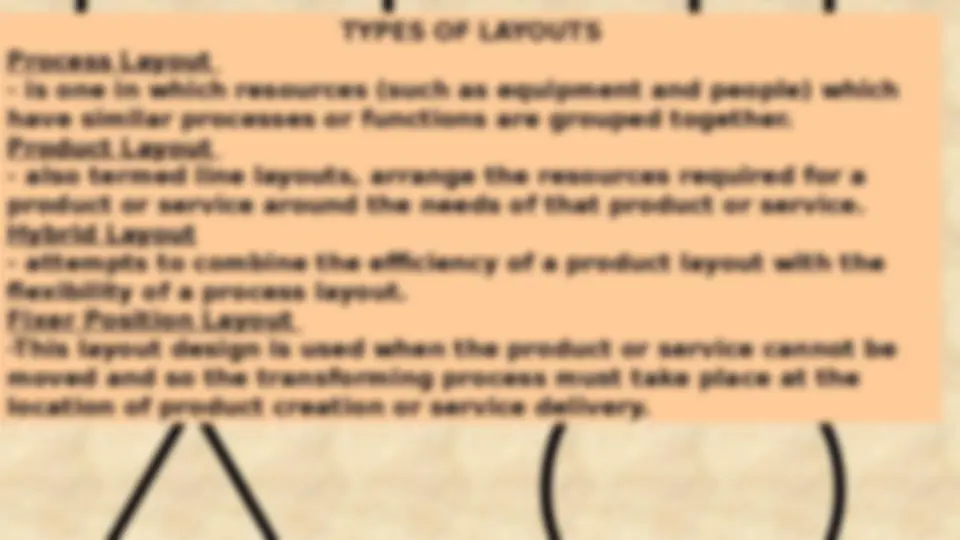

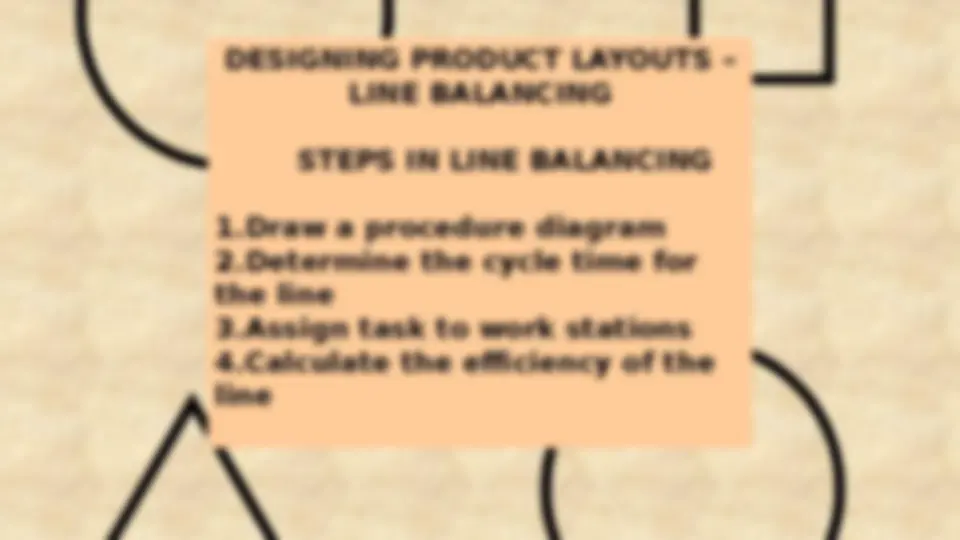

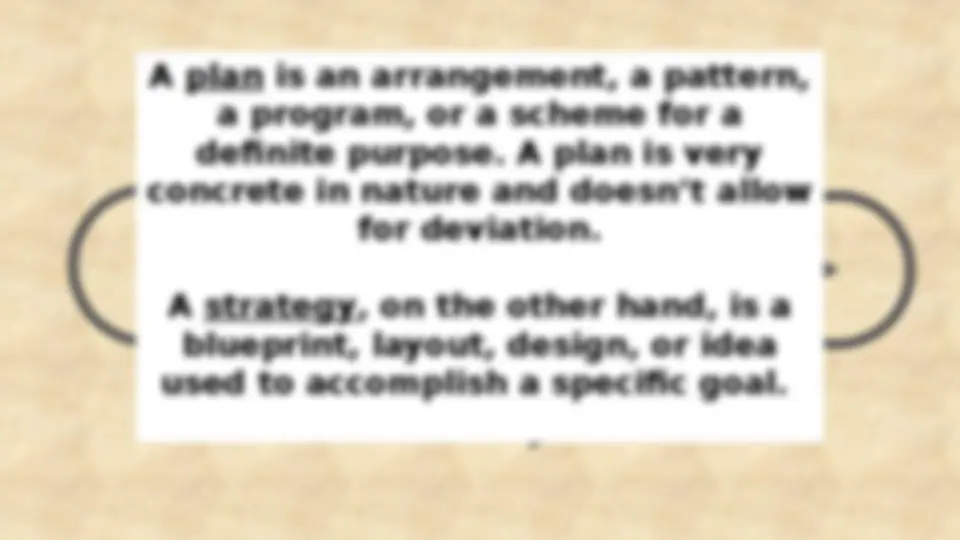
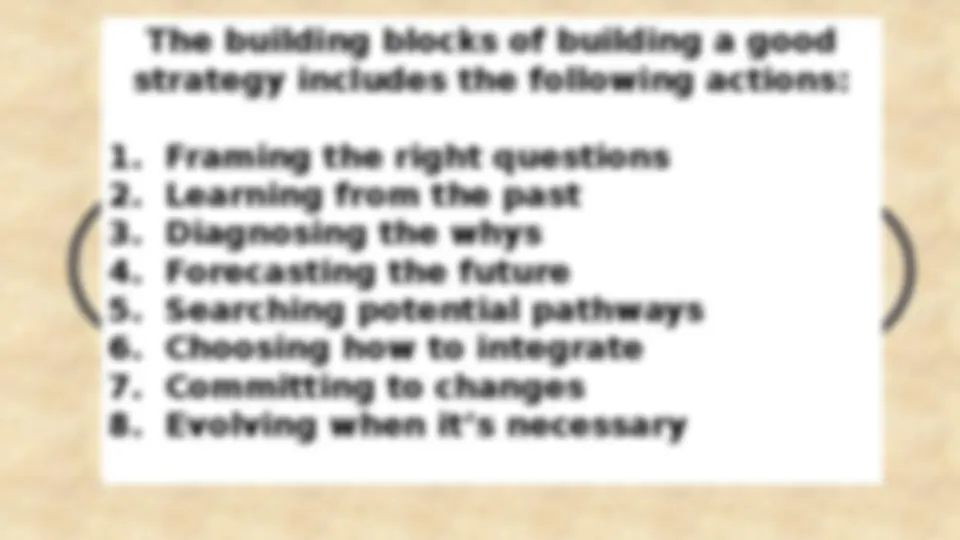



Study with the several resources on Docsity

Earn points by helping other students or get them with a premium plan


Prepare for your exams
Study with the several resources on Docsity

Earn points to download
Earn points by helping other students or get them with a premium plan
Community
Ask the community for help and clear up your study doubts
Discover the best universities in your country according to Docsity users
Free resources
Download our free guides on studying techniques, anxiety management strategies, and thesis advice from Docsity tutors
An overview of planning as a primary management function, discussing different types of planning including strategic, tactical, operational, contingency, capacity, aggregate, project and facility location planning. Each type of planning is explained in detail, outlining its scope, components, and importance in organizational operations.
Typology: Slides
1 / 34

This page cannot be seen from the preview
Don't miss anything!



























includes a high-level overview of the entire business. It’s the foundational basis of the organization and will dictate long-term decisions. The scope of strategic planning can be anywhere from the next two years to the next 10 years. Important components of a strategic plan are vision, mission and values.
This type of planning typically describes the day-to- day running of the company. Operational plans are often described as single use plans or ongoing plans. Single use plans are created for events and activities with a single occurrence. Ongoing plans include policies for approaching problems, rules for specific regulations and procedures for a step-by-step process for accomplishing particular objectives.
a special type of planning. Contingency planning can be helpful in circumstances that call for a change. As the business world becomes more complicated, contingency planning becomes more important to engage in and understand.
Aggregate planning is a method for developing an overall manufacturing plan that ensures uninterrupted production at a facility.
Project planning is a discipline addressing how to complete a project in a certain timeframe, usually with defined stages and designated resources.
Components of a project plan: Scope The scope determines what a project team will and will not do. It takes the team's vision, what stakeholders want and the customer's requirements and then determines what's possible. Budget Project managers look at what manpower and other resources will be required to meet the project goals to estimate the project's cost. Timeline This reveals the length of time expected to complete each phase of the project and includes a schedule of milestones that will be met.